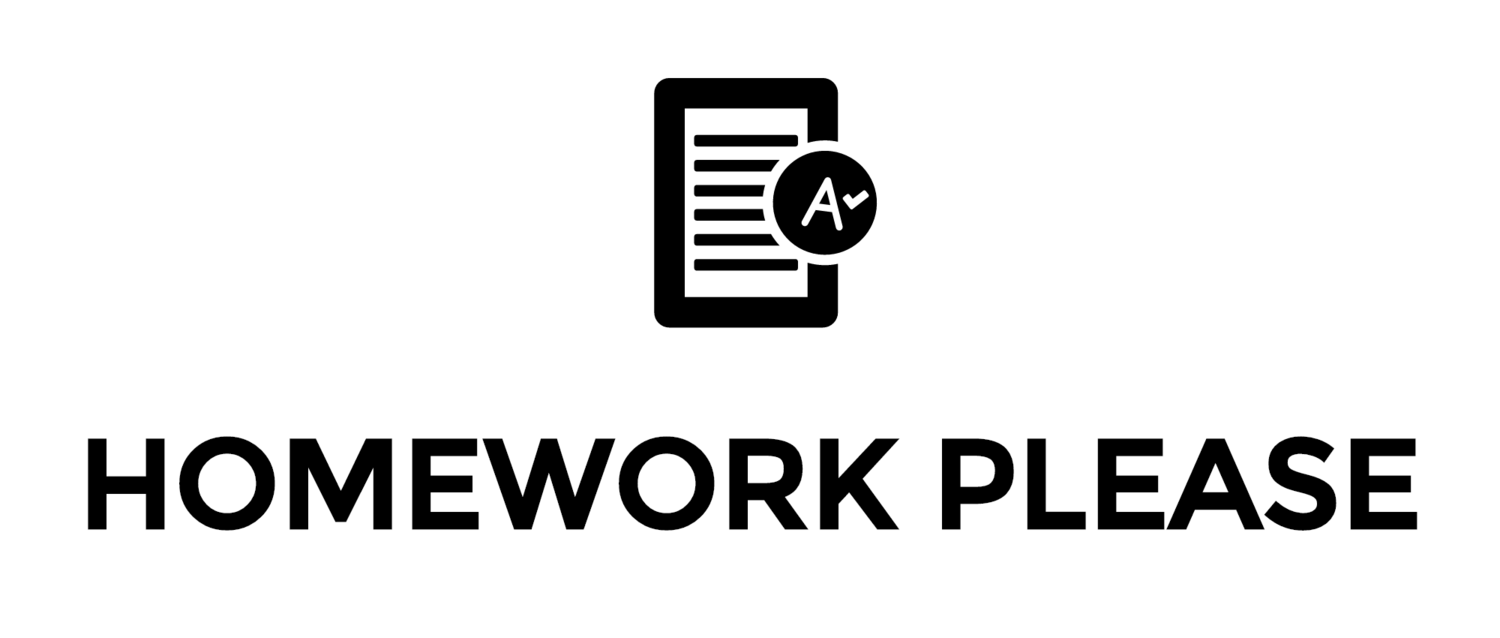DNA Damage and Repair Quiz
1. Which of the follow can potentially cause DNA damage or mutations?
IONIZING RADIATION, UV LIGHT, DNA ALKYLATING AGENTS THAT CAN ADD AN ALKYL GROUP TO A DNA BASE, AND REACTIVE OXYGEN
2. Why are bulky changes in the DNA (e.g. a cyclobutane pyrimidine dimer – see Fig. 16-5) dangerous to the cell?
THEY DISTORT THE DNA AND BLOCK DNA REPLICATION
3. The rare enol form of thymine pairs with guanine. If a thymine enolization occurs during replication, what would be the mutational event after one round of replication?
TA TO CG
4. Which of the following statements best describes the mismatch repair pathway?
IT ACTS AFTER DNA REPLICATION BY RECOGNIZING MISMATCHED BASE PAIRS
5. Which of the following repair mechanisms involves direct reversal of damaged DNA?
PHOTOREACTIVATION
6. Which of the following statements is true about nucleotide excision repair?
REQUIRES PROTEINS THAT RECOGNIZE DAMAGED BASES, EXCISES SMALL REGION OF DNA SURROUNDING THE DAMAGED BASE, CAN CORRECT DNA LESIONS DUE TO UV DAMAGE, AND USES UNDAMAGED DNA STRAND AS TEMPLATE WHEN REPLACING THE DAMAGED DNA
7. Several important DNA repair mechanisms rely on DNA complementarity during the repair process.
TRUE
8. How does a bacterial cell know which strand to replace when carrying out mismatch repair?
MutH NICKS ONLY THE NEWLY SYNTHESIZED STRAND, WHICH IS NOT METHYLATED
